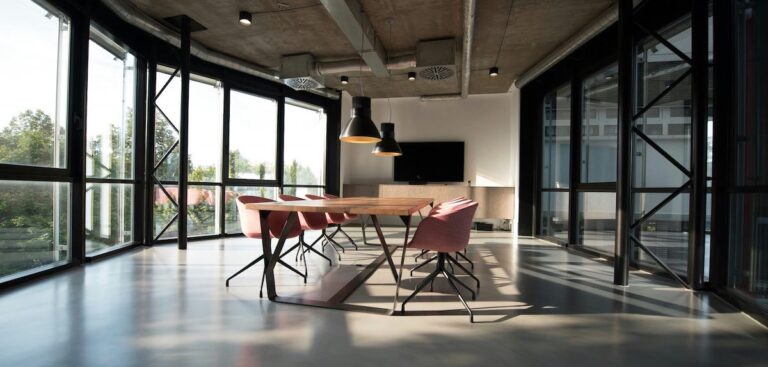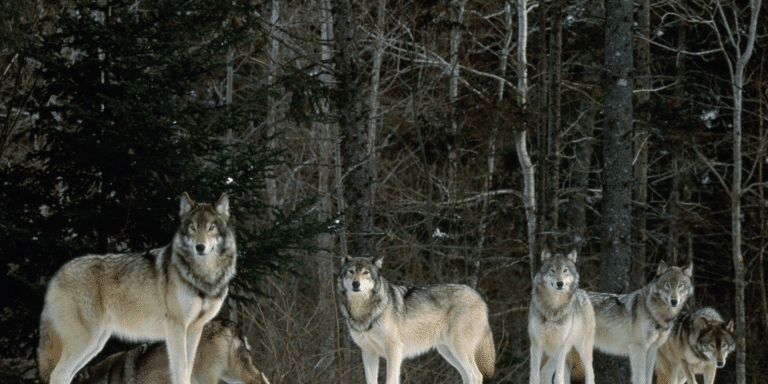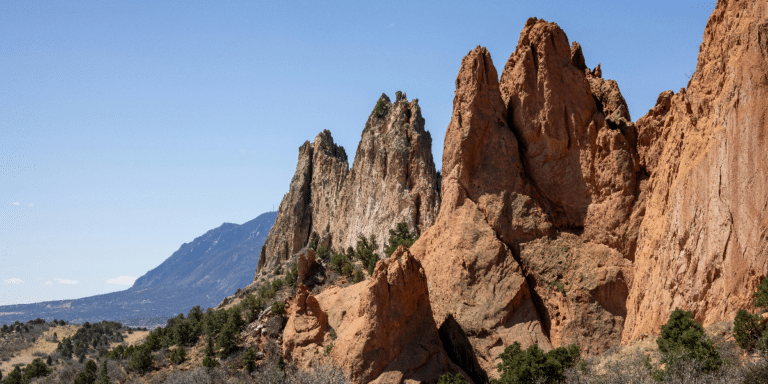
Gender Differences in Sleep: Why It Matters for Your Daily Life
Sleep is an essential part of everyone’s day. It plays a crucial role in how people feel, think, and perform throughout their daily lives. However,

Sleep is an essential part of everyone’s day. It plays a crucial role in how people feel, think, and perform throughout their daily lives. However,

Life has a way of throwing unexpected events your way. Some of these events are joyous, like getting married or having a baby, while others

The grandparent scam is a deceptive tactic where criminals impersonate a grandchild in distress, often claiming an urgent need for money. This strategy preys on

Everyone spends money, but the key to financial health lies in how it is spent. Some people may find that, over time, small, seemingly insignificant
Insects, despite often being overlooked, play a crucial role in maintaining ecosystems. From pollination to waste decomposition, these small creatures contribute to processes that sustain
Denver’s public parks offer a variety of outdoor recreational opportunities suited for the summer months. Among these, City Park stands out as one of the
Limited-time offers (LTOs) can significantly impact how consumers make purchasing decisions by instilling a sense of urgency and exclusivity. When products or promotions are available

Raising awareness about digital privacy involves educating individuals and organizations about how personal information is collected, used, and protected online. As digital technologies become more

The shift toward selling experiences instead of products has become increasingly noticeable in recent years. This change reflects evolving consumer preferences and shifts in how

The return of inter-city rail in Colorado marks a significant shift in the state’s transportation landscape. With rising concerns over traffic congestion, environmental sustainability, and

Safeguarding credit information is an essential aspect of personal financial security. It plays a critical role in determining not just an individual’s access to loans,

Wilderness backpacking areas near Denver offer accessible opportunities to explore some of Colorado’s diverse and natural landscapes. These areas are typically designated as protected spaces

How much does workspace organization affect productivity? The answer might be more significant than expected. An organized environment can reduce stress, improve focus, and foster

In the frost-kissed realms of snow-covered mountains, the art of skiing emerges as a breathtaking dance between gravity and human prowess. From the serene glides

In the dynamic world of sports, the quest for gender equality has been a long and challenging journey. While significant progress has been made in

What makes Colorado a haven for wolves? Colorado’s diverse wilderness, featuring dense forests, grasslands, and snow-capped mountains, includes areas that could support wolf populations. These

The connection between fitness and mental health has gained increasing attention in recent years, with more people recognizing the profound impact exercise can have on

In recent years, CrossFit has emerged as a dominant force in the fitness industry, captivating individuals seeking a dynamic and results-driven approach to exercise. Originating

Soccer, often referred to as the world’s most popular sport, has traditionally been associated with men’s teams and leagues. However, in recent years, there has

In the realm of sports, achieving peak performance goes beyond physical prowess; it’s also about mastering the mental game. Sports psychology plays a crucial role

Denver, known as the Mile-High City, is a vibrant hub of culture, history, and community. Its unique neighborhoods offer diverse experiences, each with its own

In the world of sports, achieving peak performance and optimal recovery are essential for athletes looking to excel in their respective disciplines. While training and

Discover the Best Dining and Nightlife in Denver Denver has become one of the most vibrant cities for food lovers and socialites alike. The Mile-High

In recent years, the world of competitive gaming, known as esports, has experienced explosive growth, captivating millions of players and spectators worldwide. This phenomenon has

Denver, with its growing population and expanding economy, has become a hotspot for construction and development projects. As the city continues to thrive, the demand